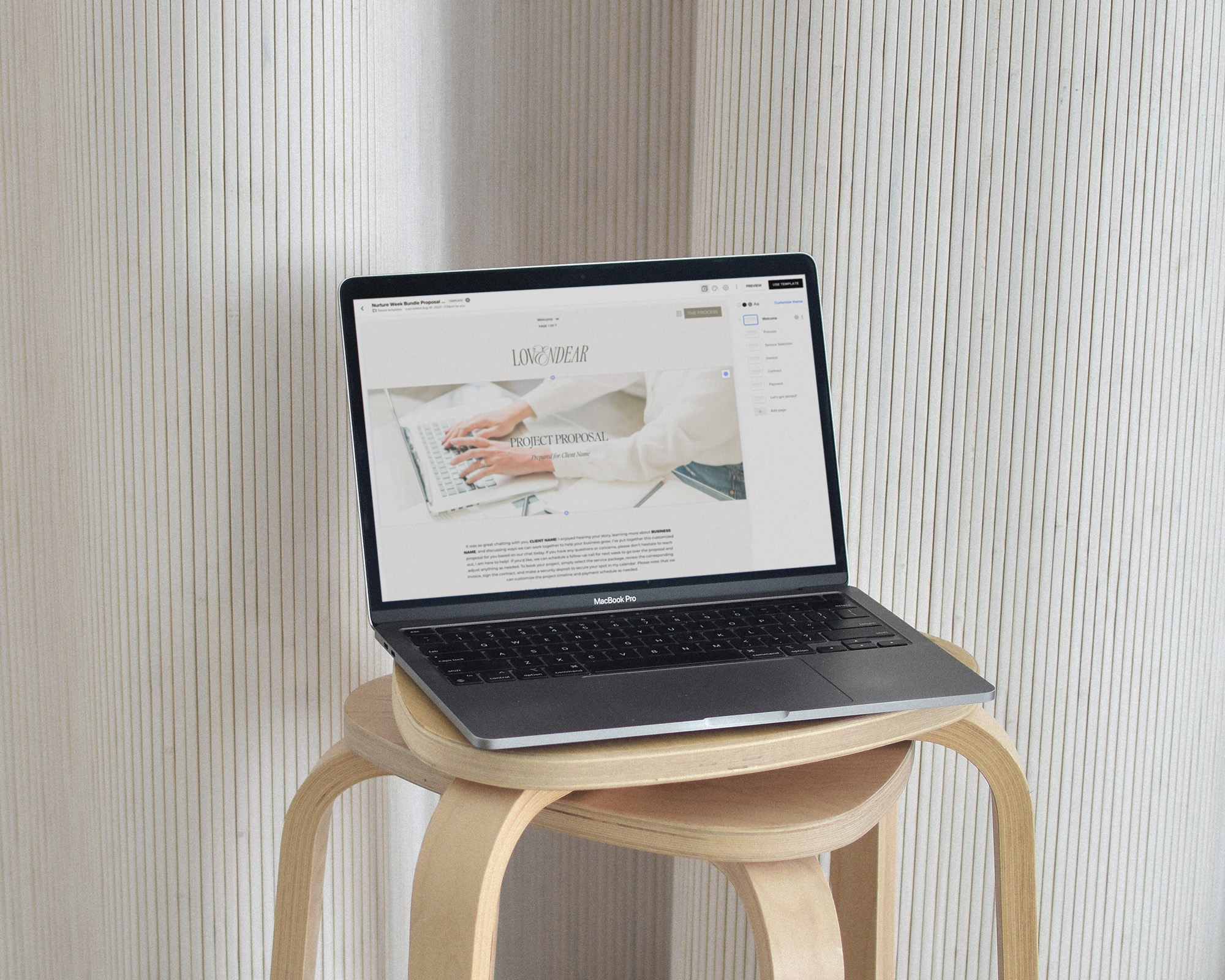Honeybook recently came out with smart file templates to enhance your client experience. In this post, I walk you through smart files and their importance. Over the coming weeks, I will release more information about smart files including tutorials and other helpful resources.
First off, what is Honeybook?
In case you are unfamiliar, Honeybook is a client management system for small businesses. I have used this platform in my 8+ years of design experience. The developers and team at Honeybook are always creating new advancements to their system making it (in my opinion) the best of the best – and I’m not paid to say that 😉
As a designer, I prioritize sending clients documentation that is both clear in the objective and process and is aesthetically beautiful. Honeybook is an incredible platform to house all of your clients and projects to keep you organized. I wrote another post recently about Honeybook, setting up your brand and why it’s important. You can read that here!
What I use Honeybook for
I use Honeybook for proposals, contracts, invoicing, questionnaires, and other important documents. Additionally, the contact form on my website is built with Honeybook, so that whenever someone inquires, they are immediately automated into my onboarding process. More on that later!
My onboarding process looks a little like this
The potential client submits the contact form, and they automatically receive a welcome email with a link to schedule a discovery call. If we are a good fit for each other, I will customize my already-designed smart file proposal template to fit their unique business needs. My proposal includes a welcome page with project goals, my promise as the designer, and specific details of the project. Next, I include process details, service selection, invoicing payment schedule, contract, and next steps. From start to finish, I spend less than half an hour actually creating documents and coordinating with my client. All because of Smart Files!
So, what are Smart Files?
Honeybook Smart Files are interactive files to help enhance customer experience. From scheduling to contracts, invoices, and questionnaires, you can send all client documentation with one platform.
My favorite thing about smart files is how much time they save. I used to spend hours creating the “perfect” client proposal with InDesign and manually send each file and email to the client. Then, once the client approved the proposal, I would send the client the contract and invoice in Honeybook. This was definitely a clunky process that wasted hours of time.
As a brand designer, visuals come at a very close second, behind productivity and organization. So, I have always prioritized the aesthetic of anything I send to my clients. Smart files allow me to design beautifully impressive documents to send to my clients that help me stay on brand.
Within each smart file, you can add: images, texts, videos, service selection, contracts, invoices, session scheduler, invoices & payment scheduler, and questions. These files are made up of sections and columns, allowing you to customize endlessly.

Types of Smart Files
Below are the types of smart files available in Honeybook.
- Contract – Send clients a standalone contract or service agreement that they can virtually sign.
- Invoice – Send your clients a custom invoice with a payment schedule. You can require auto-pay, and customize the payment types you’d like to receive (Credit Card or Bank Transfer)
- Proposal – Send your clients a proposal of services for them to select and sign off to get the process started.
- Services – Add a services block to allow clients to select one or multiple services.
- Questionnaire – You can create a file just for questionnaires or include specific questions in any smart file. You can add a short text question, long text question, dropdown, single choice, multiple choice, and date picker.
- Scheduler – Honeybook has a scheduler feature that allows you to create multiple session types.
Customizing your Honeybook Smart Files to Fit Your Brand
Before you get started, it is important to set up your brand elements within your Honeybook account. This will make customizing smart file templates much more seamless. Read this post and learn how to upload your brand elements into your Honeybook account.
Coming in a recent post, I will walk you through the ins and outs of Honeybook smart files. How to customize each element and build smart files to help sustain your business.
